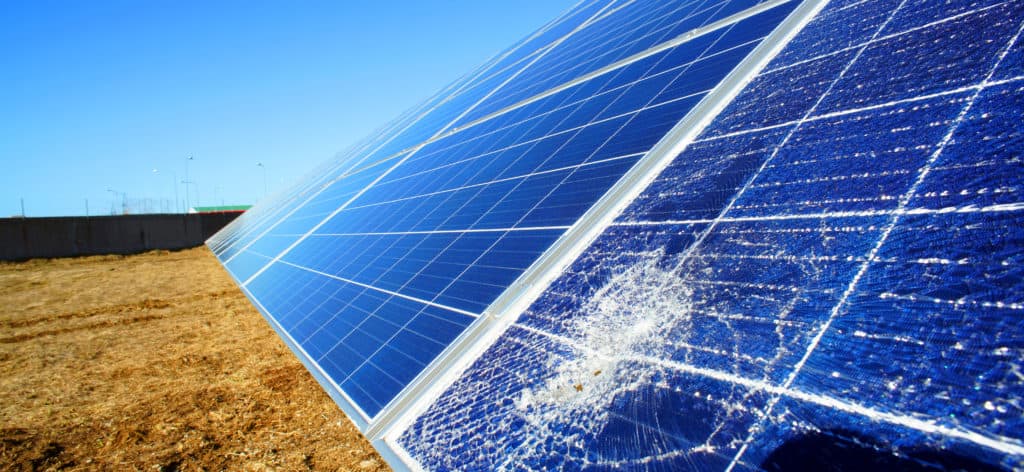
Weather and nature can be a dangerous game if you’re not careful, some of the damage that can occur can cost you thousands of dollars. If you’re in the business of solar panels, it can be even more. Panels are pricey, to begin with, no need to go spend extra money because you weren’t careful!
The best way to protect your solar panels is to make sure they are properly installed, use protective covers during heavy storms (particularly when it’s hailing), and to make sure they stay clean.
If you’re looking to invest in solar panels, you’re going to want to know how to make them last as long as you can to get your money’s worth out of them!
What Can Solar Panels Withstand?
If you already know how to protect your panels from things that may damage them, you might be wondering what won’t damage them? Hail is a big concern among most solar panel owners, and preventing hail damage is a big deal. Hail can really cause some damage, so it’s important to know what to look out for.
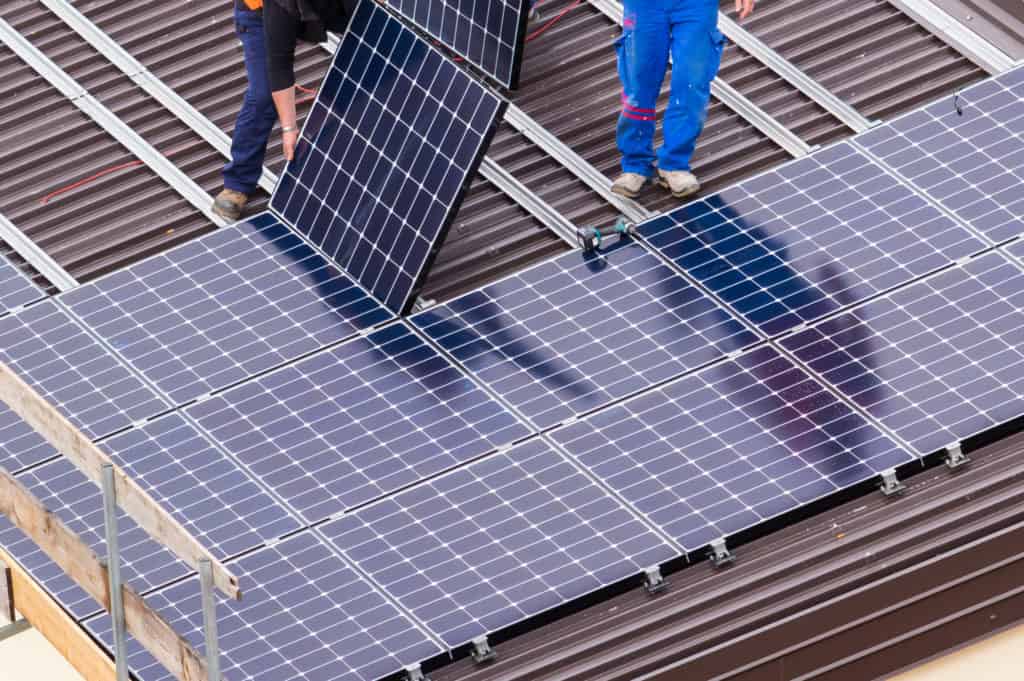
According to research from the Energy Department’s National Renewable Energy Laboratory (NREL), a survey of 50,000 solar photovoltaic (PV) systems installed in the U.S. between 2009 and 2013 found that only 0.1% of them were damaged or classified as malfunctioned each yearly review. This means that solar panels have outstanding durability when it comes to extreme weather patterns. In fact, manufacturers actually test their solar panels to ensure that hail storms won’t be an issue. According to these findings, solar panels can endure hail up to one inch in size, and falling at 50 miles an hour. This type of hail has been reported to break car windows and roofs. However, not solar panels!
What Can I Do?
Though it isn’t common, hail can still cause small amounts of damage to your solar panels that can end up becoming a bigger problem as time passes. Little nicks can be created from falling hail which can store water in them. This water can freeze, turning the small nick into a crack that can allow water to leak into the internal structure of the panel. If you’re worried about hail damaging your panel, there’s a super easy fix! Plexiglass!
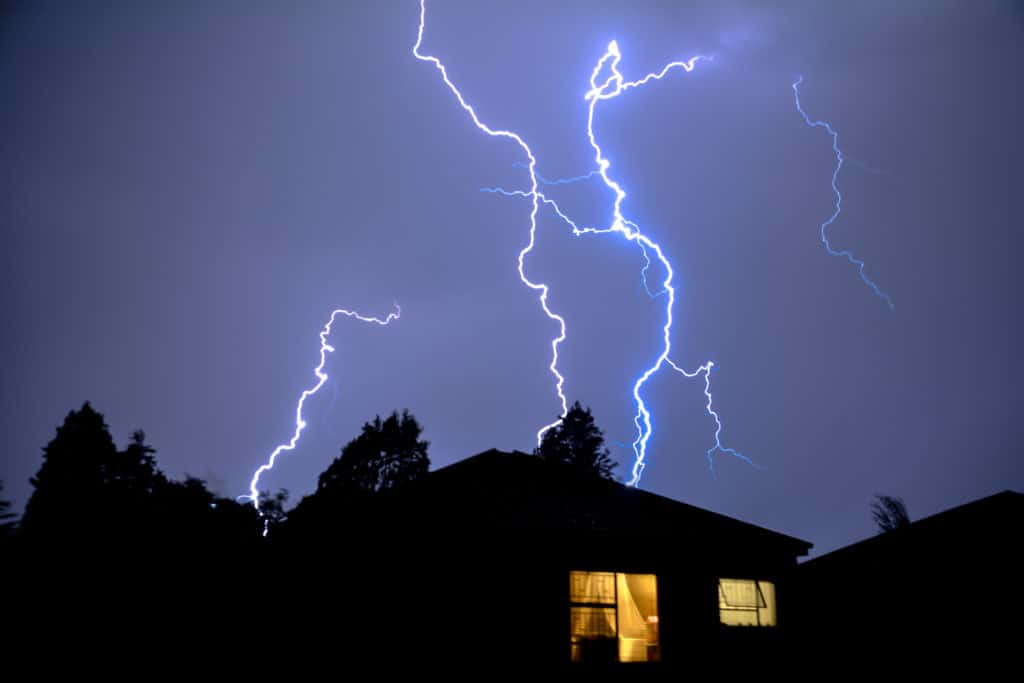
While plexiglass isn’t something recommended to have on your solar panel 24/7, it is recommended for hail storms. Plexiglass is encouraged to be avoided outside of just the hail storm, as it can prevent you from getting the optimal amount of sunlight, however for storms they’re great! If you know a storm is coming, and you’re worried about hail, or other debris, Mount 1 inch thick Plexiglass cut 1 inch larger than the panel dimension, over the top of the panel with space between the two. You don’t want to mount the plexiglass directly to the panel, as it might damage it if you try to take it off.
On top of this, hail can sometimes not just damage the glass of the panel, but the circuitry as well.
Most panels come with control boards, that are often outside with them. These boards are incredibly crucial to the panels working abilities. If these are damaged they can be much harder to fix than the glass on the panel. To protect these better, most come with covers or small plexiglass containers that they can sit in to prevent damage! Making sure that not just the panel itself, but the whole setup is protected, is important and encouraged!
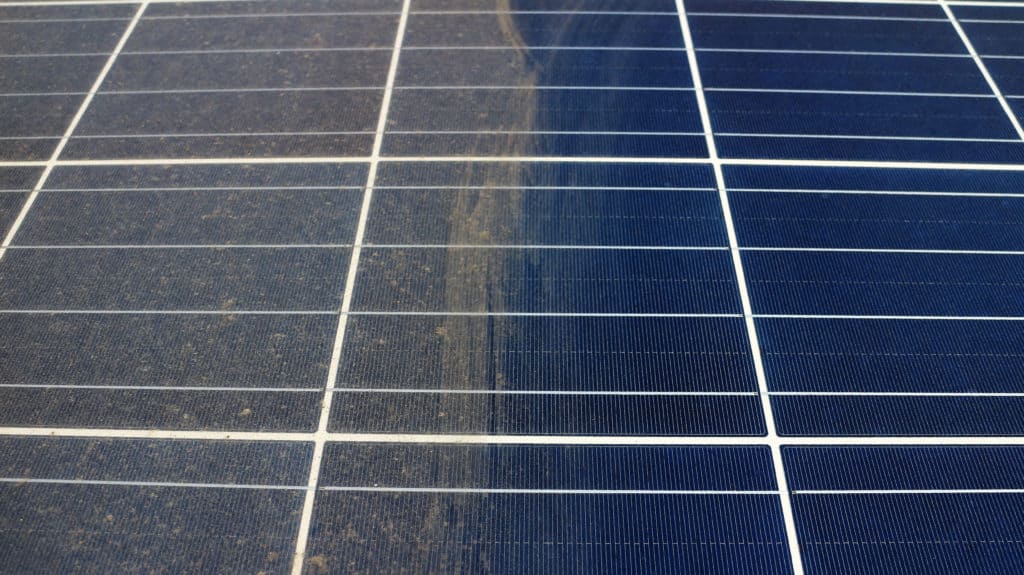
It’s also important to note though there’s not just hail to worry about. Animals, tree branches, excessive rain, and lightning are all things that can damage your solar panels. We want to make sure we’ve protected them from everything we can.
What Else?
The first step you can take in ensuring long life for your solar panel is making sure it’s installed correctly. You can install it yourself, but that’s not recommended, as that will generally void any warranty it might come with. Most electricians or solar panel companies recommend they install it for you. This may be on the pricier side, however, it’s best for your solar panels in the long run. If you try to have a cheaper installation, you’ll be much more likely to face issues such as broken connections, blown fuses, degraded wires, and moving panels. This is one of the best steps you can take, but there are others as well!
Keep Your Panels Clean: All sorts of things can clutter your panels, debris, leaves, and even dust or dirt. All these things can affect your solar panels’ efficiency, and in the long run can also cause damage. Using water and a rag, you should regularly wipe them free of dust, residue, pollen, animal droppings, and leaves. This is especially important to do before a hailstorm. Hail might not be able to damage your panel alone, but if it hits something already on your panel with a great enough force, it can create a much bigger dent or crack! Cleaning your panels is going to help you avoid this, so as often as you can, make sure your panels are free of debris.
Monitor the weather, and the panels: This seems like an obvious one but the best way to know how your panels are doing, is to check on them regularly. Make sure there are no nicks or small chips in the glass, which can expand if not properly taken care of. You’ll also want to regularly watch the weather. If it’s predicted that a bad storm might come in with potential hail, you’re going to want to protect it as much as you can. Making sure you’re up to date on your local weather forecast is a great way to make sure you aren’t taken by surprise!
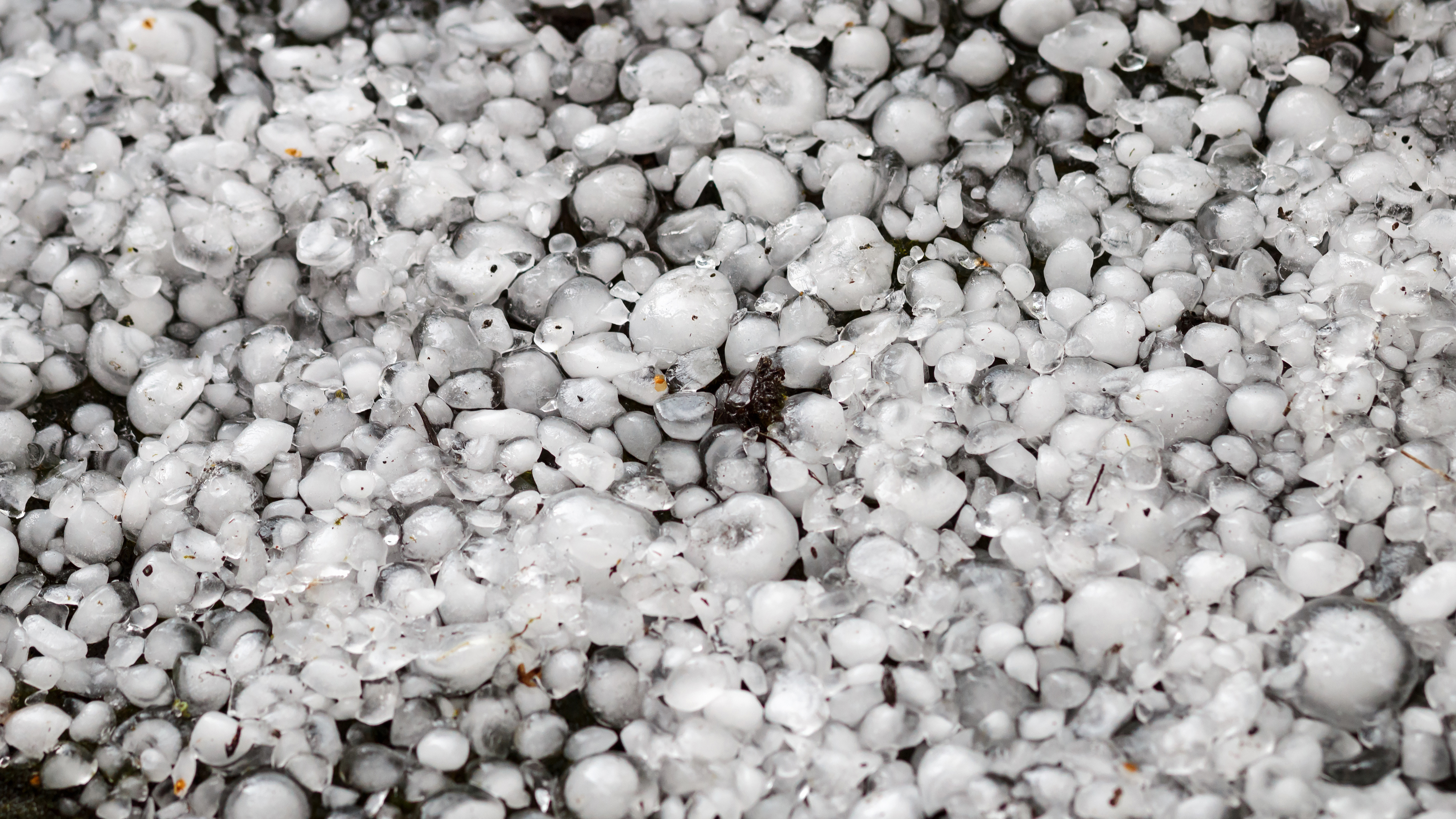
Install a cover: As we mentioned earlier, one of the best ways to guard your solar panels is to cover them with plexiglass. However, there are other covers as well. Often solar companies will provide you with a protective covering or cloth to keep debris from piling up. One thing to note with things like covers, however, is that sometimes they can affect your panels’ capabilities, so it’s important to which is the right cover for you!
Other Preventative Measures
Solar Panels don’t just face hail, there are lots of other issues they can face. Preventative measures you can take ahead of time to prevent any damage to your solar panels can save you money and time that it may take!
While hail is probably one of the biggest solar panel-related dangers, there are a number of ways they can undergo damage. However, with proper precautions, most of them can be avoided!
Place your panels away from any trees. While most panels will probably go on top of your home, it’s important to try and avoid the tree line for a number of reasons. You don’t want the shade to block your panels, but another big reason is debris. If a solar panel is under a tree branch you can have a number of leaves, sticks, or branches fall on it which can damage your panel or block sunlight from getting in.
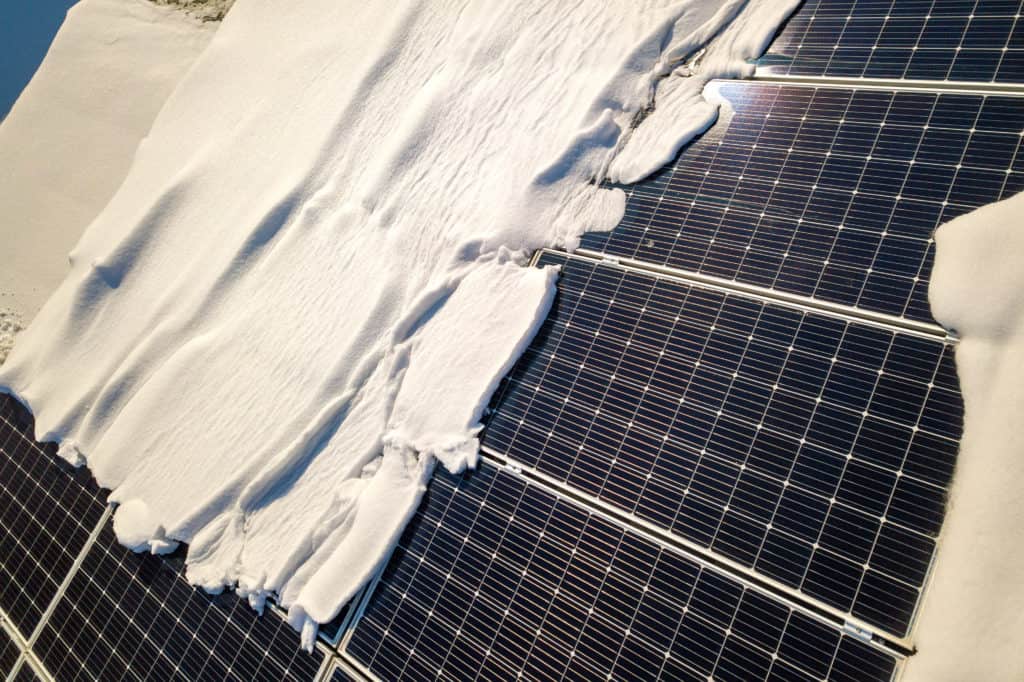
Watch for Pests: Animals can get into wiring easily, even birds can pick at any antenna. One thing you always want to look at is whether or not any animals may be crawling around your setup. If there’s any damage this may be noticed first, maybe something isn’t working the way it should. However, to avoid this all together it’s best to regularly check up on, and watch out for, any form of an animal that may be getting into your space.
Solar panels are also not great options for homes in places with busier weather. Inconsistent weather is great as you can prevent and prepare for any damage that may occur. For places that may be windier, or have more dramatic weather seasons, it may be better to not use solar panels altogether. Weather is one of the biggest eroders and most damaging to solar panels, so being in a place with “busy” weather may be too much for your solar panels to handle!
Overall it can be hard to predict everything and anything, so the best thing you can do is just make sure you’re taking proper care of your panels. Cleaning them, keeping them protected, and making sure they aren’t being disturbed are all great ways of preventing any damage.